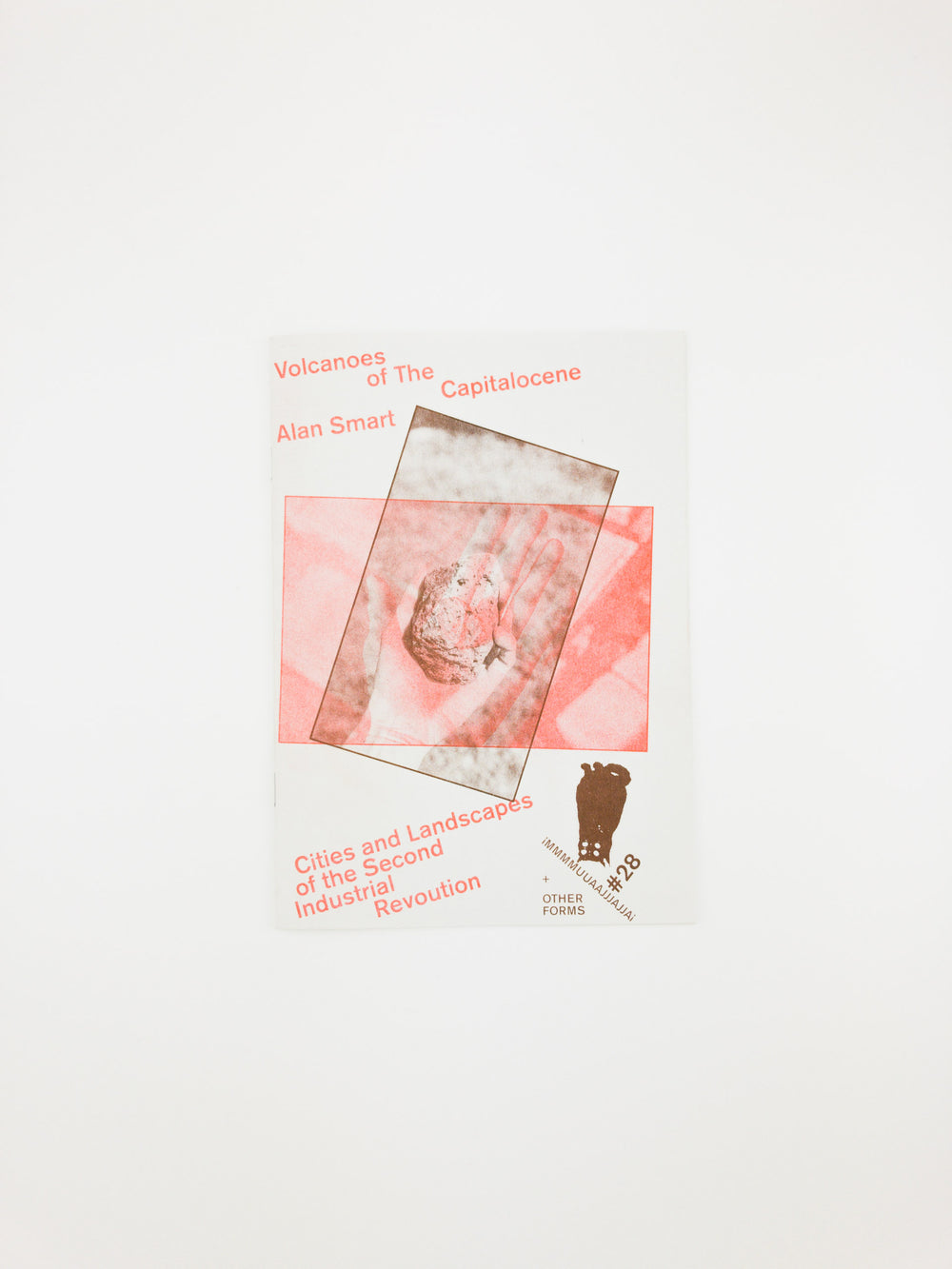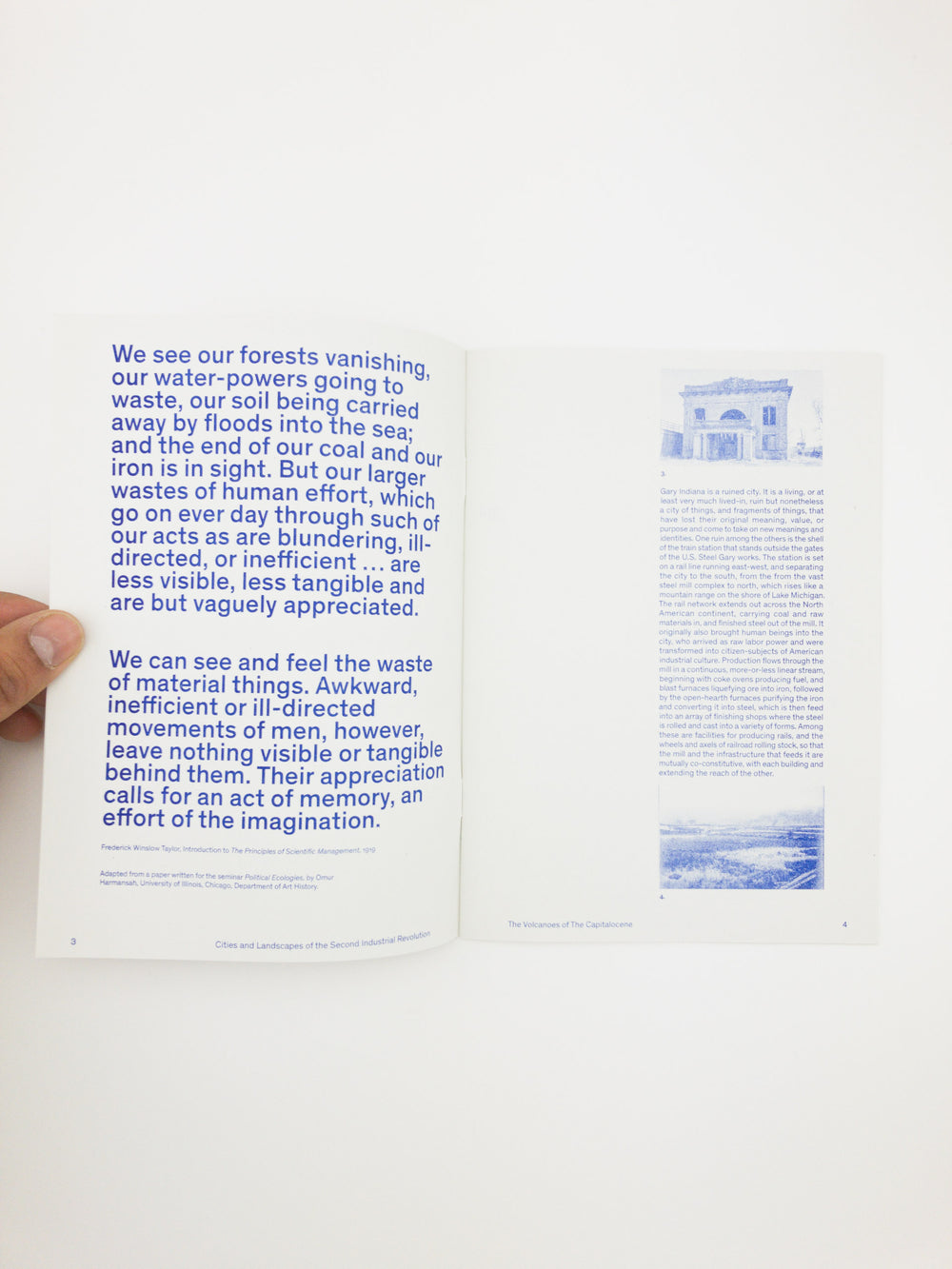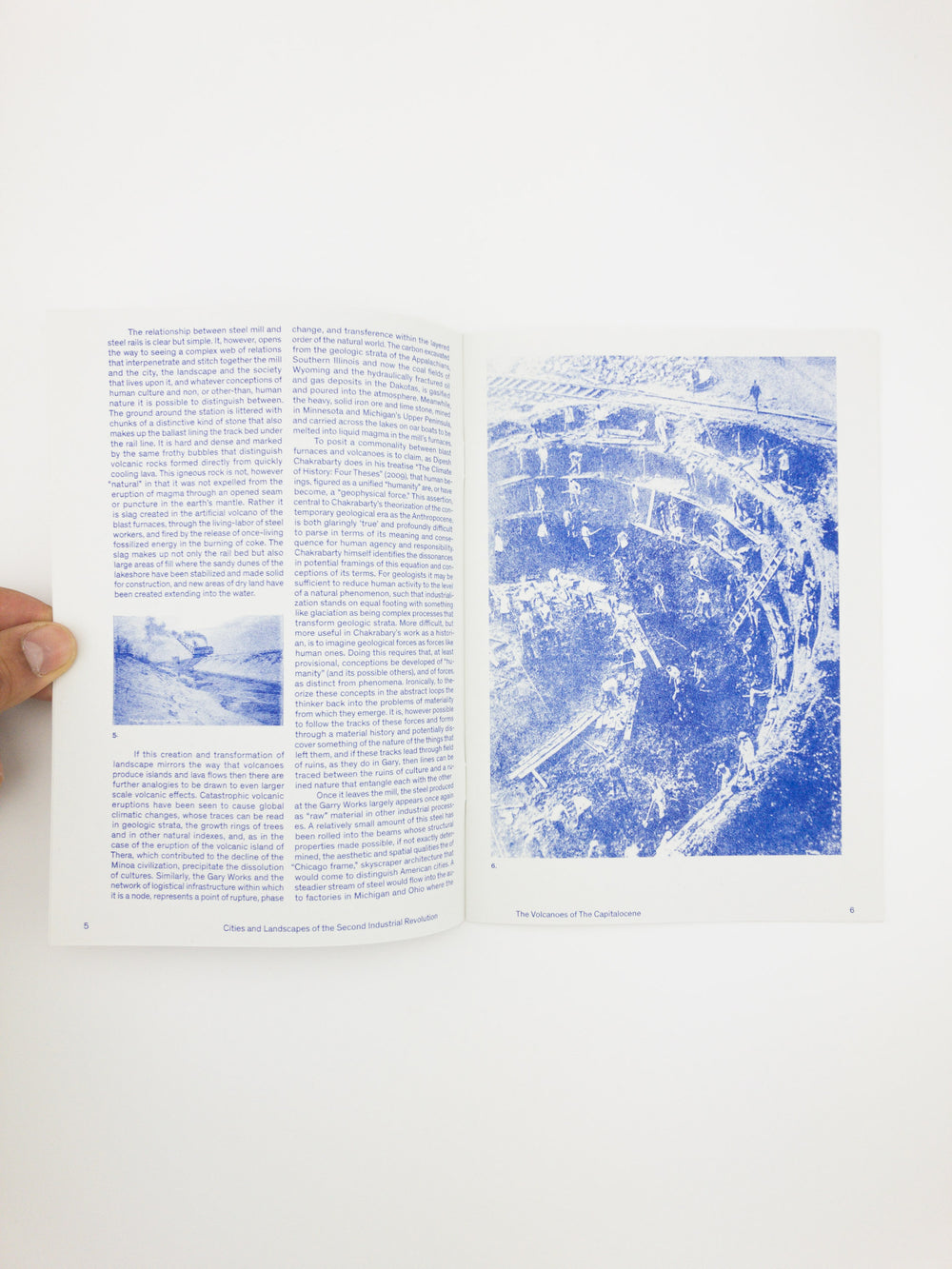Volcanoes of the Capitalocene: Cities and Landscapes of the Second Industrial Revolution
Other Forms
Other Forms




1/4
2/4
3/4
4/4
Volcanoes of the Capitalocene: Cities and Landscapes of the Second Industrial Revolution
Other Forms
Other Forms
During the rapid industrialization of the Soviet Union’s first five-year plan, the city of Magnitogorsk was built on a sparsely inhabited site in the Western Siberian steppe marked by a geological anomaly: a mountain of almost pure iron ore. In the rhetoric of Soviet planners and the European modernist architects who had come east to help build a new world, Magnitogorsk was to manifest the ideal of “Socialist City” in being organized completely by production such that the linearity of the assembly line, and the processes of steel making would extend into the kitchens and bedrooms of the workers and drive the creation of a new culture.
The design and construction of Magnitogorsk’s mills and the planning of its urban infrastructure was, however, largely directed by American consulting engineers with whom Soviet officials had made contact during the courses of a trade mission, which had toured the northern Midwest. The model they had been asked to reproduce was not the ideal Socialist City but a very real Capitalist one: that of Gary Indiana.
Begun little more than twenty years before Magnitogorsk, Gary was also very much a planned utopia in which a city had been built around the economic and social engine the US Steel, Gary works. The site chosen for Gary had also appeared empty to its founders, but been charged with potential by its geographic location.
Volcanoes of the Capitalocene compares the development and transformation of these two linked cites as they exist as points of often mutually-constituting interpenetration between the natural world and its time sales, and the shock and rupture of the built worlds of technology, ideology, capital and human culture.
Author: Alan Smart
Year: 2021
Pages: 24
Dimensions: A5
Cover: Softcover
Process: Risograph
Language: English
The design and construction of Magnitogorsk’s mills and the planning of its urban infrastructure was, however, largely directed by American consulting engineers with whom Soviet officials had made contact during the courses of a trade mission, which had toured the northern Midwest. The model they had been asked to reproduce was not the ideal Socialist City but a very real Capitalist one: that of Gary Indiana.
Begun little more than twenty years before Magnitogorsk, Gary was also very much a planned utopia in which a city had been built around the economic and social engine the US Steel, Gary works. The site chosen for Gary had also appeared empty to its founders, but been charged with potential by its geographic location.
Volcanoes of the Capitalocene compares the development and transformation of these two linked cites as they exist as points of often mutually-constituting interpenetration between the natural world and its time sales, and the shock and rupture of the built worlds of technology, ideology, capital and human culture.
Author: Alan Smart
Year: 2021
Pages: 24
Dimensions: A5
Cover: Softcover
Process: Risograph
Language: English